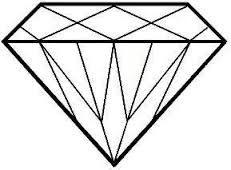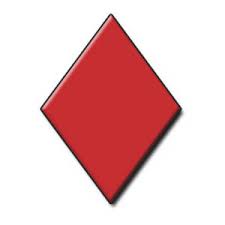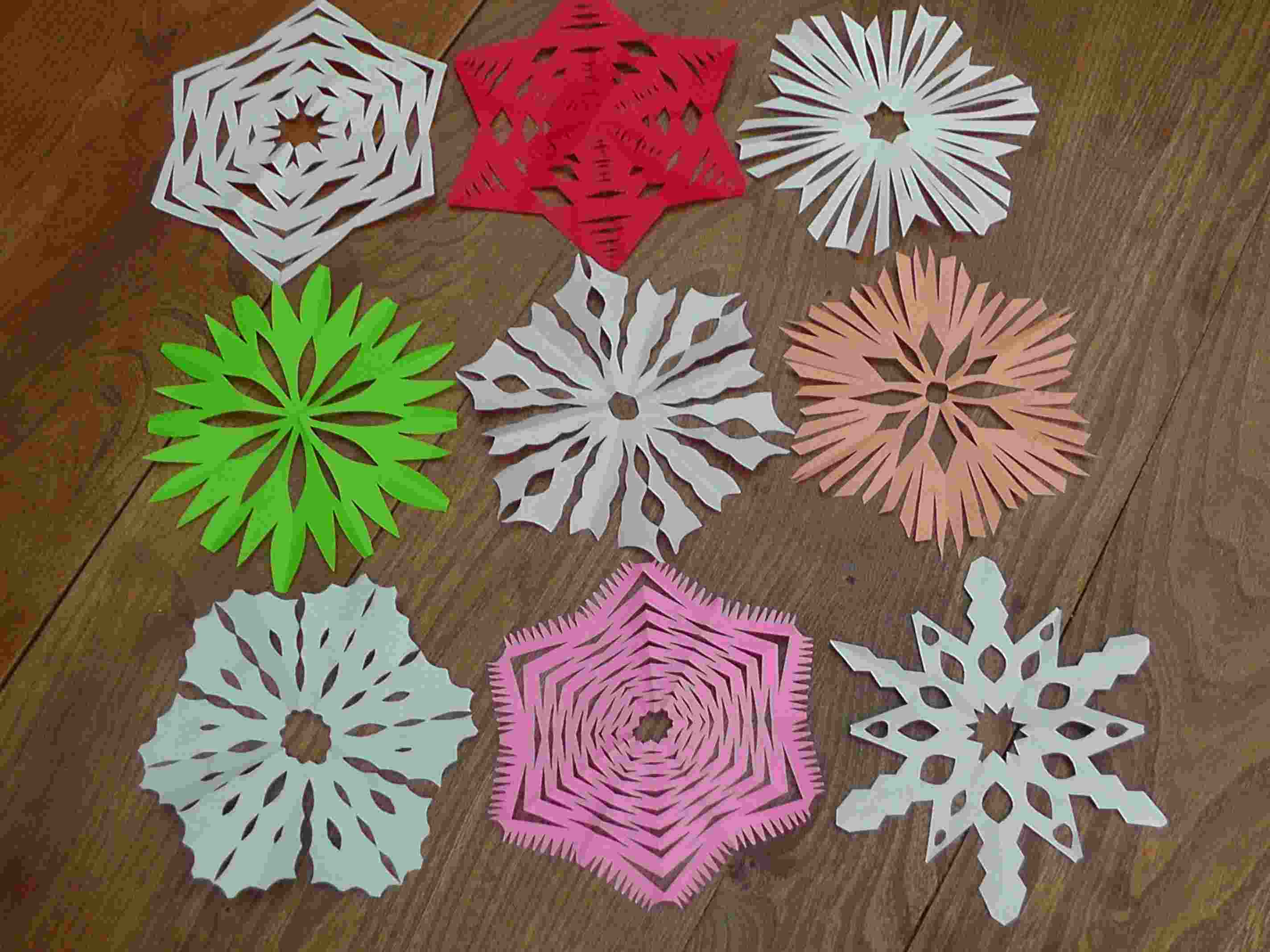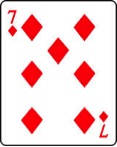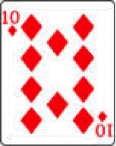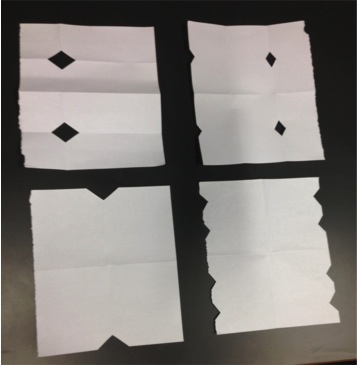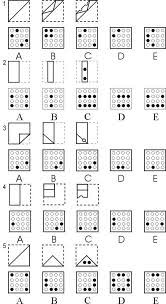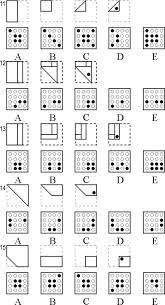Koch Snowflake Fractals
A.Interesting facts
- The Koch snowflake is sometimes called the Koch star or the Koch island.
- It was discovered by the Swedish mathematician Helge Von Koch in 1904.
- It is a continuous curve that does not have a tangent at any point.
- The rule for generating the Koch snowflake: start with an equilateral triangle. Replace each line segment by a zig-zag curve (a generator) made up of four copies of the line segment it replaces, each reduced to one third of the original length. Repeat the same process for every line segment of the new shape, and keep repeating forever, for each new shape in turn. One can imagine
doing this yet it is the maths that helps us to go on ad infinitum.
- Its perimeter is infinite yet its area is finite.
- It is a member of the fractal family.
B. Find out more about fractals.
Fractals are geometric objects that exhibit complex structure at every scale. No matter how closely you zoom in on a fractal, its complexity doesn't diminish and you often see the same structures appearing again and again. A famous example is the Von Koch snowflake. Start with an equilateral triangle and replace the middle third of each side by a "spike" consisting of two sides of a
smaller equilateral triangle. Now do the same for each of the twelve straight-line segments of the resulting shape and repeat, ad infinitum. The shape you get in the end, after an infinite number of steps, exhibits the same spiky structure at every level of magnification: you'll never see a piece of straight line in its outline, because every straight-line piece that was once there has
been broken up and adorned with a spike.
Mathematically, fractals live in a strange world in between dimensions. You couldn't call the Von Koch snowflake "one-dimensional" because it contains no straight lines or smooth curves at all. No amount of zooming in will reveal such one-dimensional components. On the other hand, the snowflake isn't two-dimensional either, because it occupies no area. In fact, it takes a new definition
of "dimension" to sort out the snowflake's place in the dimensional hierarchy. According to this definition, the snowflake has a dimension of around 1.26. Having a fractional dimension, one that's not a whole number, is what characterises the objects Mandelbrot decided to call fractals.
D. Things to do
- Try constructing one using the computer programme Scratch.
- Try investigating the perimeter as the snowflake grows.
- Try the squareflake for a bit of variety.
